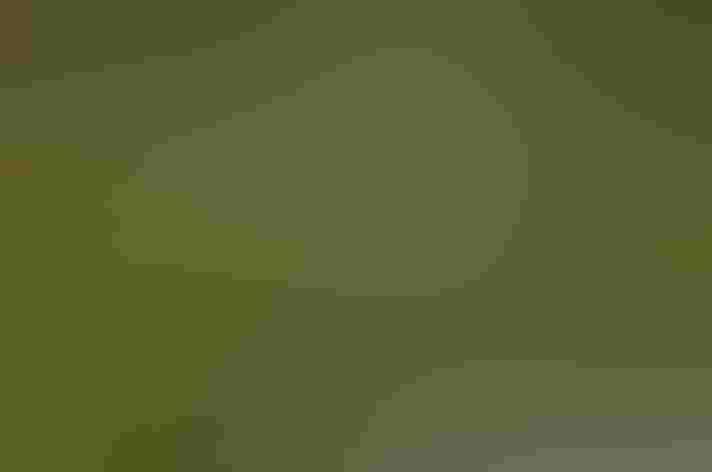Northern Jacana
At a Glance
At marshy ponds from Mexico to Panama, this odd shorebird is common. Its long toes allow it to run about on lily pads and other floating vegetation. When it flies, the feet trail behind it; on landing, it may hold the wings high for a moment, showing off the yellow flight feathers. This species has turned up several times in Texas, and has even nested there.
All bird guide text and rangemaps adapted from by Kenn Kaufman© 1996, used by permission of Houghton Mifflin Harcourt Publishing Company. All rights reserved.
Category
Chicken-like Marsh Birds, Jacanas
IUCN Status
Least Concern
Habitat
Freshwater Wetlands, Lakes, Ponds, and Rivers
Region
Southwest, Texas
Behavior
Direct Flight, Flap/Glide, Flushes
Range & Identification
Migration & Range Maps
No regular migration, but wanders irregularly. Seems to stray into Texas most often after a series of seasons with good rainfall have created much good habitat in northeastern Mexico and southern Texas. Has also strayed to Arizona, possibly Florida.
Description
8-9" (20-23 cm). Long legs and very long toes. Adults are mostly black with bright chestnut back and wings. Young birds brown above, white below, with white eyebrow. All ages show bright yellow flight feathers in spread wings.
Size
About the size of a Robin
Color
Black, Green, Red, Yellow
Wing Shape
Rounded
Tail Shape
Short
Songs and Calls
Various high-pitched squeaking and bickering notes.
Call Pattern
Flat
Call Type
Buzz, Chirp/Chip, Raucous
Habitat
Marshes, overgrown ponds. In the tropics, found on wide variety of shallow freshwater ponds and lake margins, especially those with much floating vegetation. In United States, has occurred mostly in Texas, on large fresh ponds surrounded by extensive marsh and with floating plants such as lily pads, water hyacinth.
Sign up for ÃÛèÖAPP's newsletter to learn more about birds like the Northern Jacana
Behavior
Eggs
Usually 4, sometimes 3-5. Almost round; brown, scrawled with black lines. Incubation is by male only, 22-24 days. During hot part of day, male will shade eggs from sun (female occasionally shades eggs also).
Young
Downy young leave nest within 1-2 days after hatching. Male tends young and leads them to feeding sites, but young feed themselves; male broods young during rain or cool weather. Female sometimes accompanies or broods young, but always far less than male. Age at first flight about 4 weeks.
Feeding Behavior
Forages by walking about on mats of floating vegetation, picking insects from surface of plants or water, sometimes from just below water's surface. Also forages on mud or open ground near water.
Diet
Mostly insects. Diet in Texas not well known. In Costa Rica, reported to feed almost entirely on insects; occasionally eats small fish.
Nesting
One female may have up to 4 mates; she lays eggs in separate nests for each, and males do almost all the work of incubating the eggs and caring for the young. Nest site is on top of marsh vegetation, either standing or floating, in shallow water. Nest (built by male) is a flimsy and simple open cup made of available plant material; male continues to add to nest during incubation period.
Conservation
Conservation Status
Very common in parts of its normal range, but could be vulnerable to loss of wetland habitat.






